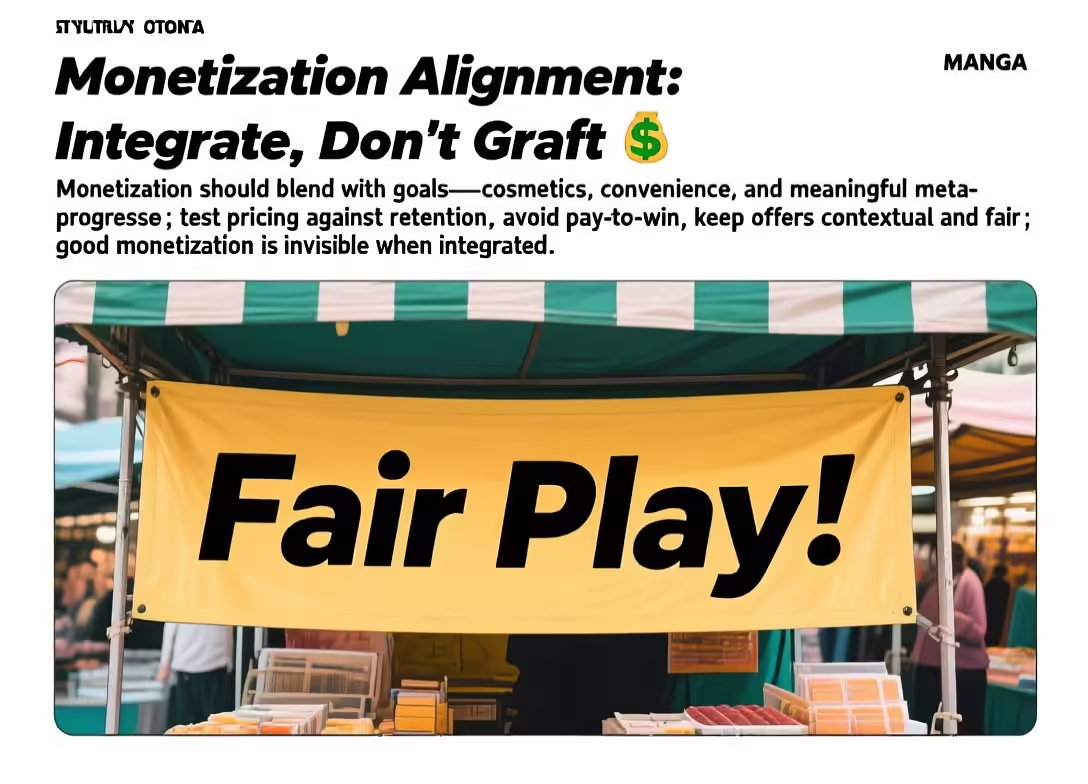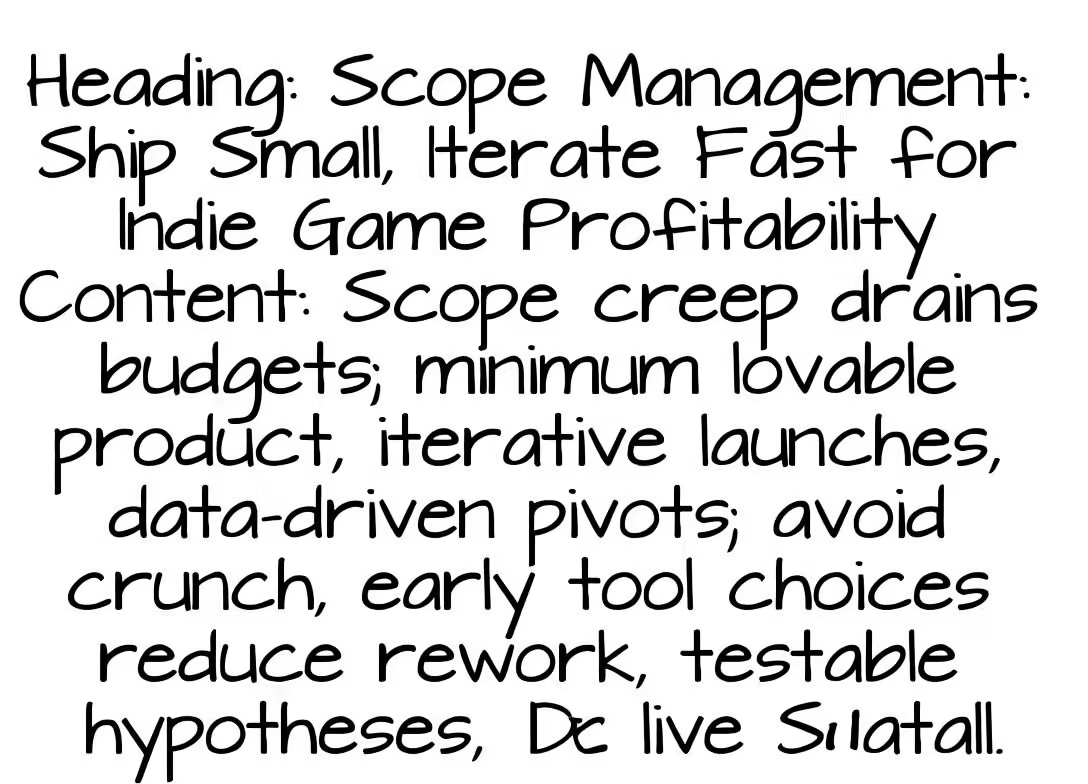3. Retention-First Design: Fix the Leaky Bucket — Avoid Profitable Game Design Mistakes 🪣
Retention is the foundation of any profitable title. Short onboarding, mismatched progression, or a shallow core loop can let players slip away before monetization even matters.
Designing with retention metrics in mind means sculpting a first 30 minutes that teaches systems gradually, reinforcing habit-forming loops, and offering clear short- and long-term goals. Small tweaks—like smoothing difficulty spikes, rewarding daily returns, and creating meaningful mid-game hooks—raise lifetime value more reliably than aggressive monetization.
The original analysis of common design errors shows retention failures as a primary blocker to profitability, and fixing them should be prioritized in early sprints. ( (Source)

2. Monetization Alignment: Integrate, Don’t Graft 💳
Monetization that feels tacked-on destroys trust and reduces long-term spend. Instead, build monetization in games around player goals—cosmetic economies, convenience purchases, and meaningful meta-progression that respect time investment.
Pricing, pacing, and placement must be tested against retention cohorts: a paywall that appears before players are emotionally invested will produce churn, while gentle, contextual offers to engaged users increase conversion without angering the community. Use A/B testing and telemetry to iterate offers; align rewards to core loops and avoid pay-to-win mechanics unless the game’s identity and audience explicitly expect them.
Good monetization is invisible when it’s well-integrated and fair. ( (Source)

1. Scope Management: Ship Small, Iterate Fast for Indie Game Profitability 🚀
Scope creep drains budgets and delays learning. Profitability often hinges on releasing a minimum lovable product—a focused vertical slice that validates mechanics and monetization quickly.
Smaller scope lets teams tune retention and revenue loops with live data instead of assumptions. Technical choices matter here too: picking the right engine settings, asset pipelines, and tooling reduces iteration friction and ongoing costs, keeping the team responsive to player feedback.
Studios that prioritize iterative launches, effective crunch-free roadmaps, and data-driven pivots find clearer paths to sustainable indie game profitability. ( Choosing appropriate project settings and tools early can cut months of rework and lower overhead for iteration.
(Conclusion Profitability rarely arrives as a bolt of luck. Fixing retention, aligning monetization with player experience, and keeping scope tight form a pragmatic triage that turns acclaimed prototypes into sustainable products.
Focus on measurable improvements—shorter funnels, integrated offers, and faster shipping—and revenue follows. The next step for any studio is to treat these as testable hypotheses and iterate based on live data.
🎯 (Source)

